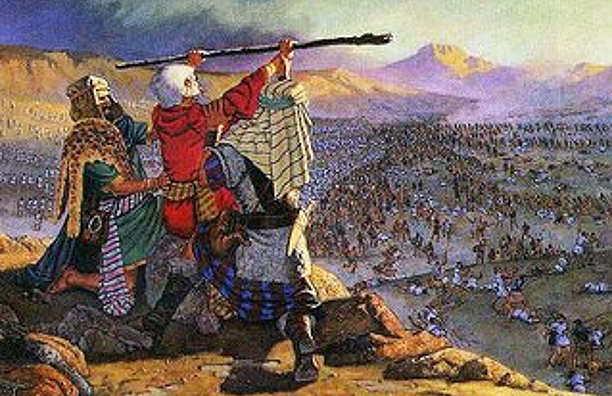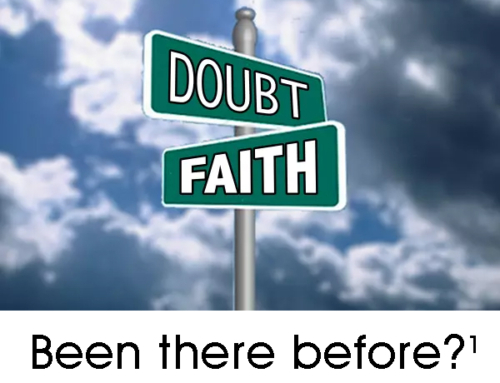If it wasn’t for . . . no one would be responsible . . .
Last week we ended our Blog with a definition of leadership:
LEADERSHIP IS MAKING OTHERS RESPONSIBLE FOR THE WORK AT HAND.
Now doesn’t that sound a little arbitrary and capricious? Making people responsible for work? But isn’t that what exercising leadership is about, influencing people so they want to accomplish the task or the mission, even when that mission might be something unpopular or even dangerous and life threatening. I think that was what Jesus was doing with His disciples toward the end of His time on earth. In fact, all the disciples except John came to a tragic death and John spent the last days of his life in house arrest on an island, yet they all were faithful followers and even leaders in His church. They accomplished the work at hand even when their leader was not physically present.
But in the process of making others responsible for the work, the true leader communicates the vision, encourages, inspires, and in many cases, demonstrates a faith in ONE greater than himself or herself. This is why people follow great leaders with a great vision, and a sense that there is greater success with many and more power than what is within one’s own being. For Jesus’ disciples, it became the power of the Holy Spirit and a sense that they were not working for themselves, but for the Lord. Something really big. So, the process of exercising leadership becomes the art of influencing people so people follow the vision and accomplish the mission even when no one is watching.
The greatest mistake a leader can make is taking on the work of others and not establishing conditions for people to follow. If no one is following and doing the work, leaders are just out for a walk in the park. And if no one catches the vision, you the leader end up taking on all the work to the point where sooner or later you can no longer bear the burden and you fail.
Giving up control and turning responsibility for the work over to subordinates, requires the courage to get up on the balcony where you can watch the parts of the organization waltz around on the dance floor below, sometimes colliding, sometimes stumbling. But exercising leadership then becomes an act of jumping into the fray, encouraging and correcting where needed, and then again stepping back and becoming a cheer leader for all those accomplishing the work at hand. But taking your hands off the knobs and levers, and just watching the dials and needles require faith and courage on the part of the leader and an understanding of who really is important in accomplishing the mission. Those really important people are on the dance floor. That is why leading from a position of humility requires risk taking, boldness, and the faith to delegate responsibility so the work can be done by others. So where do you find your boldness and faith? Is it in the ONE who never ever fails us?





